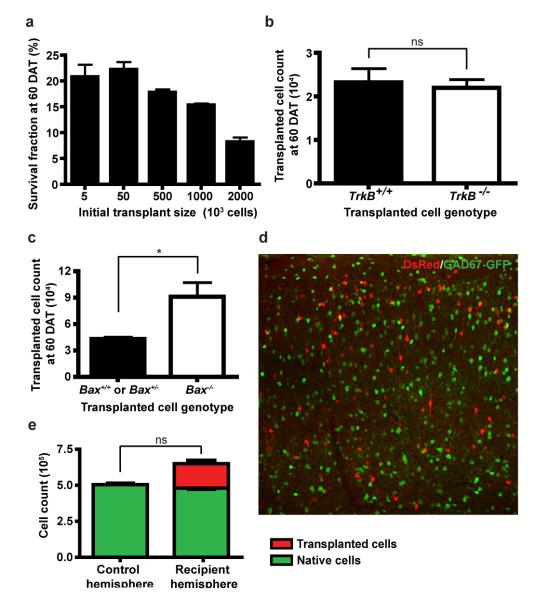Figure 3. Transplanted interneuron cell death is not governed by competition for survival signals derived from other cell types in the recipient neocortex.
(a) Over a broad range of transplant sizes (from 5 × 103 to 1000 × 103 cells) nearly constant fractions of the transplanted populations survive at 60 DAT (approximately 15 to 22%; ANOVA, F = 0.34 and P = 0.12; n = 6, 7, 3, 3 per transplant size, respectively). When the initial transplant size is increased to 2 × 106 cells, a smaller fraction of transplanted cells survives in the recipient neocortex (approximately 8%; n = 3). (b) Equal numbers of transplanted TrkB−/−;beta-actin:GFP interneurons and TrkB+/+;beta-actin:GFP interneurons survive in the recipient neocortex at 60 DAT (Student’s t-test, P = 0.75; n = 5 per genotype). (c) Transplanted cortical interneuron cell death occurs through a Bax-dependent mechanism. Greater numbers of Bax−/−;beta-actin:GFP cortical interneurons survive in the recipient cortex at 60 DAT, compared to transplanted Bax+/+;beta-actin:GFP and Bax+/−;beta-actin:GFP cortical interneurons (Student’s t-test, * P < 0.05; n = 5 wild-type and Bax+/−; n = 6 Bax−/−). (d) Transplanted beta-actin:DsRed interneurons (red) and endogenous GAD67-GFP neurons (green) at 60 DAT (initial transplant size = 106 cells; Scale bar = 150 μm). (e) At 60 DAT, transplanted DsRed-labeled interneurons increase the cortical interneuron population size by 34% (Red) without affecting the endogenous GAD67-GFP population (green; Student’s t-test, P = 0.28; n = 3). In all figures, error bars represent the standard error of the mean.

